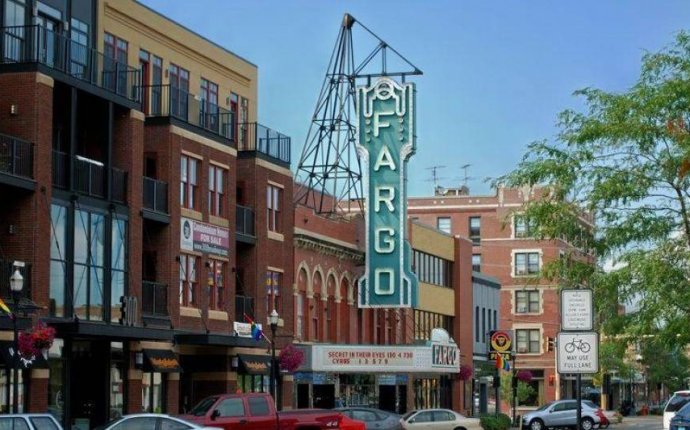
Famous place that starts with i
Meisho were long ago called "nadokoro" (a different reading of "meisho") and were words for particularly famous areas written about as uta makura (place names appearing in classical Japanese poetry) in Waka poetry and other noted places. Meisho that appeared in literature, historical events, legends and folklore, as well as historic sites were nadokoro, and even included some places that didn't really exist. However with the coming of the Edo Period travel became more common, and the term came to be used to specify actual places that could be visited, leading to the establishment of meisho.
Political conditions stabilized during the Edo Period, and sankin-kotai (a daimyo's alternate-year residence in Edo) led to the development of roads, lodging facilities, means of transportation, etc., in addition progression of currency circulation allowed for more convenient and safe travel. During this peaceful period, the common people also acquired more economic power. Public travel began to be more active from the Kyoho Era (1716-36) with a travel boom occurring during the Bunka and Bunsei Eras (1804-30).
In those days, the most popular destination was the Ise Shrine. This was because at the time, the common people could not travel freely, but were only allowed to travel for reasons of faith such as worship and pilgrimages. However, most of the people who visited Ise from Edo would then travel to Kyoto or Osaka after visiting the shrine and visited meisho and historical sites, and would enjoy plays, shopping districts and sightseeing.
"Ise sangu daijingu he mo chotto yori" (Also a small side trip to the Grand Shrine when visiting Ise")This senryu poem clearly shows although the main purpose of their trip was supposed to be visiting the shrine, it was actually just a "small" part of the trip and the main purpose was actually sightseeing.
In addition, the common people's entertainment grew from just further travels to outings for cherry blossom viewing and enjoying the cool evenings within the town and nearby suburbs. These types of entertainment were originally the province of the samurai class, however they came to be adopted and enjoyed by the townspeople as well. Because Edo was a new city, made in 1590 when Tokugawa Ieyasu moved to the prefecture, there weren't many traditional meisho. However, a number of spots became meisho one after the other as the city grew and developed, and the city soon became a major sightseeing city.
As travel and outings became more popular with the common people, these meisho came to be better known, conveyed by mouth from person to person. From the Meireki Era (1655-58), a variety of texts which introduced the various places were published and became popular, including meisho-ki (illustrated guidebooks for pilgrims and travelers as well as for the general reader), traveler's journals, geographical descriptions, travelogues, etc. (Column Edo guidebooks) This resulted in the spread of the meisho throughout the country and became established.
























